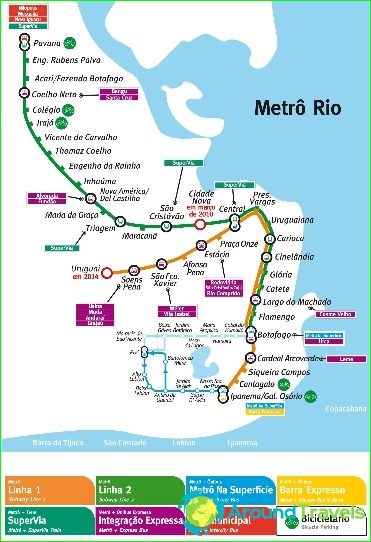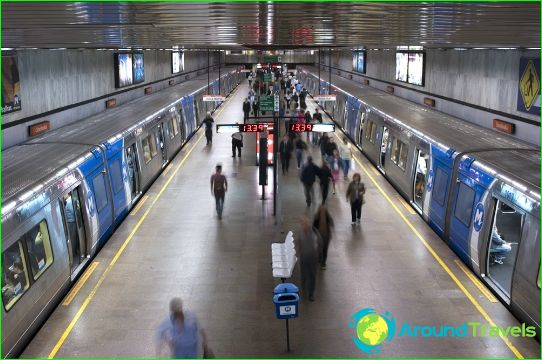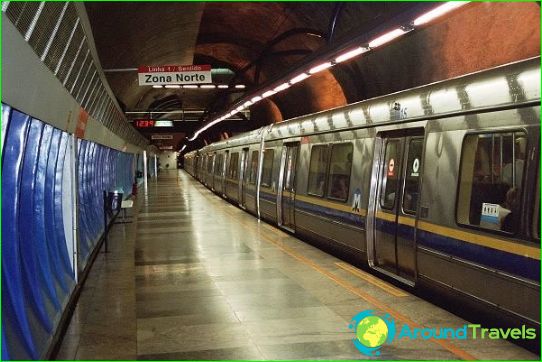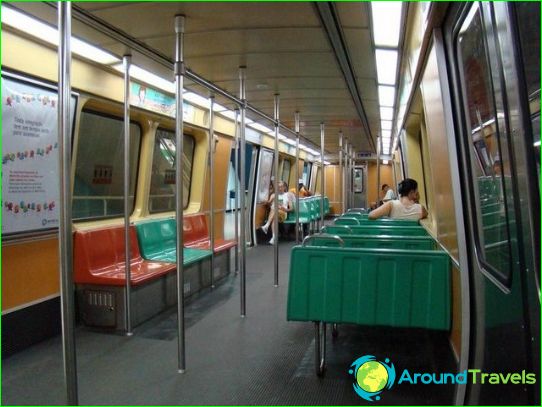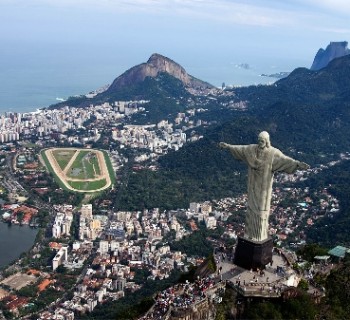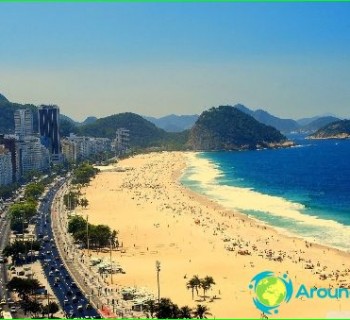Rio de Janeiro metro
The Rio de Janeiro Metro is the second largest metro in Brazil after the São Paulo Metro. It was opened on March 5, 1979 after serious debate and discussion of the project. As you know, Rio de Janeiro is the second largest city in Brazil and the main tourist destination of the country. In the 1950s, the number of cars on the road increased dramatically. Rio de Janeiro is located in a hilly area between the mountains and the Atlantic Ocean. The city's landscape is extremely uneven, and traveling through narrow streets by car or bus is a very time-consuming task for drivers. By the early 1960s, traffic jams and air pollution had become a major problem for the city. To overcome these problems, the local authorities decided to significantly reduce the tram network and gradually replace them with metro lines..
Currently, the Rio de Janeiro metro consists of 35 stations on two lines with a total track length of 41 kilometers. At the same time, Line 1 - orange line (16 km) and Line 2 - green line (30.2 km) have 10 common stations with a distance of more than 5 kilometers between them..
Rio de Janeiro metro lines
Line 1 (orange line) runs entirely underground and serves downtown Rio, tourist areas in the South Zone, as well as several districts in the North Zone..
Line 2 (green line) sweeps the surface from northwest to southeast and serves sleeping areas. Initially, this line was a light rail route, but due to a significant increase in the number of passengers, it is being converted into a metro line.
In the near future, the commissioning of Line 4 (blue line) is planned, its construction is planned to be completed by 2016. It will pass through the bridge and then the tunnel inside the mountain and is designed to serve the vicinity of Barra da Tijuca in the Western zone.
Rio de Janeiro Metro tickets
You can pay for the Rio de Janeiro Metro using prepaid cards that are valid only on the Metro and can be bought at any metro station. In this case, the card is free, but the minimum amount on it must be $ 10.
The cards can be purchased from the cashier at the kiosk. Paid tickets can be replenished at vending kiosks or ticket machines at some stations.
